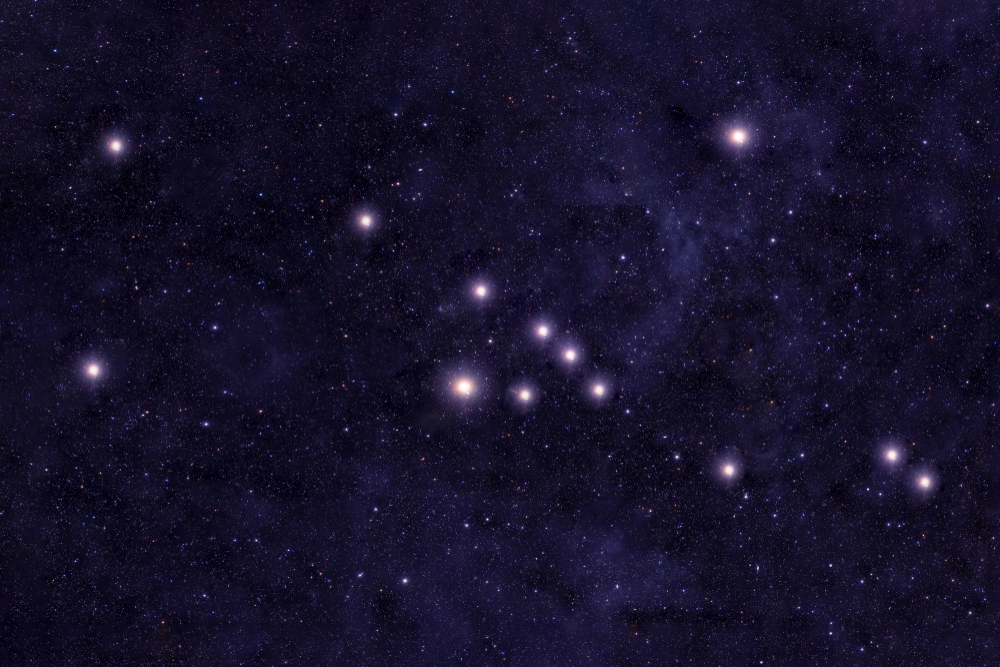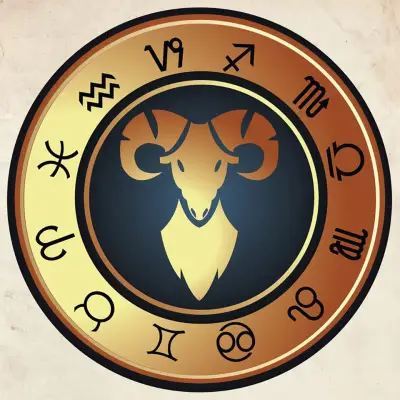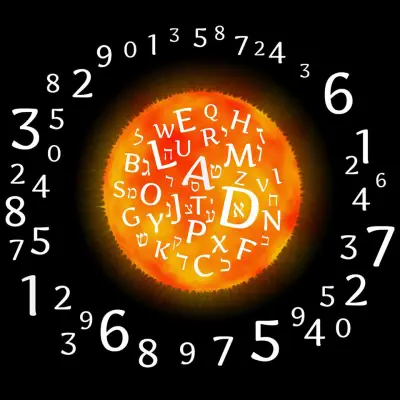Have you ever looked up at the night sky and wondered about the stories behind the stars? The Taurus constellation is beautiful, filled with bright stars, ancient myths, and fascinating celestial phenomena. Whether you’re new to stargazing or an experienced astronomer, Taurus offers a rich exploration into the mysteries of the universe.
Jump to:
- What is the Taurus Constellation?
- What does the Taurus Constellation Represent?
- Spotting and Understanding the Stars in Taurus
- Taurus in Astrology and Mythology
- Taurus and Its Planetary Connection
- What Role Does Taurus Play in the Universe?
- Visibility and Observation
- Frequently Asked Questions About the Taurus Constellation
What is the Taurus Constellation?

Taurus, the bull, is a constellation of rich history and astronomical significance. It stands out in the night sky for its vivid depiction of a bull, and it houses several celestial features that captivate astronomers and stargazers. Located in the Northern Hemisphere, Taurus is one of the oldest documented constellations, with its roots going back to ancient civilisations.
What does the Taurus Constellation Represent?
Taurus, the bull, represents strength, reliability, and the charge of spring's arrival. The constellation is often associated with the story of Zeus in Greek mythology who transformed himself into a white bull to win the affection of the princess Europa. This strong representation resonates through the ages as a symbol of power and persistence.
Recommended for you!
Best SellersSpotting and Understanding the Stars in Taurus
Identifying Taurus in the Sky
You can find Taurus by looking for its most notable feature: the V-shaped cluster of stars known as the Hyades, which forms the bull’s head. This star cluster is the nearest open cluster to Earth and one of the best studied by astronomers. Another way to locate Taurus is by finding its brightest star, Aldebaran, which represents the bull's fiery eye with its distinct reddish glow.
For those new to the hobby of stargazing, a star map or an astronomy app can significantly improve your experience. These resources can assist in identifying Taurus and understanding the constellations that surround it. Here are some tips to help you get the most out of your stargazing sessions:
- Star Map: Get acquainted with a star map that displays the constellations as they truly appear in the sky. This will guide you on where to look and set your expectations for when you find Taurus.
- Astronomy App: Numerous free and premium apps are available that can help you pinpoint stars, planets, and constellations simply by aiming your smartphone at the sky. Apps such as Star Walk, SkyView, and Stellarium are particularly user-friendly for beginners.
- Optimal Viewing Conditions: Choose a night with clear skies and as little light pollution as possible. Nights around the new moon are best, as the moon's dimness allows the stars’ light to shine through more brightly.
Bright Stars and Star Clusters
Among the stars in Taurus, Aldebaran is the brightest, often outshining its stellar companions. Beyond Aldebaran, the Pleiades, or "Seven Sisters," a cluster of stars that appear very close to each other, adds another layer of allure to Taurus. This star cluster, while smaller than the Hyades, is perhaps even more famous due to its visibility and the numerous myths surrounding it.
Taurus in Astrology and Mythology

Astrological Significance
In astrology, Taurus is the second sign of the zodiac, representing those born between April 20 and May 20. Taurus is an earth sign, characterised by traits such as practicality, dedication, and reliability—much like the steadfast nature of the bull itself.
Myths Associated with Taurus
The constellation of Taurus features prominently in several mythological stories. Besides the tale of Zeus and Europa, another myth involves the hero Theseus battling the Cretan Bull, which later became a part of the sky as the constellation. These stories enrich the constellation's history, adding a layer of cultural significance that has been interpreted in various ways over the millennia.
Taurus and Its Planetary Connection
Taurus plays a role in our understanding of the universe due to its relationship with nearby planets and the moon. The constellation's path is regularly crossed by the moon and, occasionally, by planets, leading to spectacular celestial events such as lunar and solar eclipses. This makes Taurus an exciting constellation for tracking planetary movements and understanding the dynamics of our solar system.
What Role Does Taurus Play in the Universe?
Taurus is a celestial anchor in the sky, helping astronomers and navigators pinpoint other stars and constellations. Understanding Taurus offers a window into the rest of the universe. Its stars serve as markers for the celestial equator and ecliptic, which are essential for celestial navigation.
Visibility and Observation

For those keen to observe Taurus, it is visible at night from November to March, peaking in January. With a telescope or even a good pair of binoculars, you can view the Pleiades and the Hyades in greater detail, along with other deep-sky objects within Taurus, such as the Crab Nebula, the remnant of a supernova explosion.
Frequently Asked Questions About the Taurus Constellation
Is Orion's belt part of Taurus?
Orion's belt is not part of the Taurus constellation. Orion's belt belongs to the neighbouring constellation of Orion, which is one of the most prominent and recognisable constellations in the sky. However, Taurus and Orion are close in the night sky, and Orion's belt can serve as a helpful guide to locate Taurus, as it points towards the bull’s V-shaped head marked by the Hyades cluster.
What is special about the Taurus constellation?
The Taurus constellation stands out for several reasons. It contains two of the nearest open star clusters to Earth—the Hyades and the Pleiades—both of which are visible to the naked eye. Additionally, Taurus hosts several other astronomical phenomena, including the Crab Nebula (M1), which is the remnant of a supernova visible in 1054 AD. Its historical and mythological significance adds a rich layer of cultural context that enhances its special status in the night sky.
What is the Taurus constellation nickname?
Taurus is often affectionately referred to as "The Bull," owing to its representation of a bull in various mythologies. This nickname reflects both the constellation's shape and the strength it symbolizes in stories and astrological beliefs.
How many stars does Taurus have?
Taurus is a large constellation with many stars, but it is primarily known for its bright stars that make up its main figure. There are about 14 main stars that form the outline of the bull, with hundreds of additional smaller stars contributing to the constellation’s overall structure.
What is Taurus' brightest star?
The brightest star in Taurus is Aldebaran, an orange giant star that is often considered the bull’s eye in the constellation. Aldebaran stands out because of its deep reddish colour, making it one of the most distinctive stars in the night sky.
What are two myths about the constellation of Taurus?
One popular myth associated with Taurus comes from Greek mythology, where it represents the form Zeus took as a magnificent white bull to abduct Europa. Another myth involves the Cretan Bull, captured by Hercules during one of his twelve labours. Zeus later placed this bull in the sky, commemorating Hercules’ achievement and the bull's role in the mythological narratives.
What constellation is opposite Taurus?
The constellation opposite Taurus in the sky is Scorpius. In traditional astrology, Taurus and Scorpio are considered opposites, reflecting their contrasting and complementary traits. While Taurus is associated with earth and materiality, Scorpio is linked to transformation and the metaphysical.
Recommended for you!
Best SellersExplore the Cosmos with Centre of Excellence
Are you mesmerised by the vast mysteries of the cosmos and the timeless tales told by the stars? Our Astrology Diploma Course at Centre of Excellence is the perfect gateway to deepening your celestial knowledge and connecting with the universe on a deeper level.
Why Centre of Excellence?
- Accessibility: We're committed to making transformative education accessible to all. Our Astrology Diploma Course is priced at just £29, making it affordable for everyone interested in exploring the mysteries of astrology.
- Flexibility: Learn at your own pace, on your own schedule. Our course is designed to seamlessly integrate into your life, allowing you to pursue your passion for the stars without disrupting your routine.
- Dedicated Support: When you enrol, you gain access to personalised tutor support and a community of fellow astrology enthusiasts. At Centre of Excellence, you're part of a supportive network, ensuring you're supported every step of your educational journey.
Special Invitation
We're thrilled to extend to you an exclusive offer to join our Astrology Diploma Course for only £29, saving you over £100!













